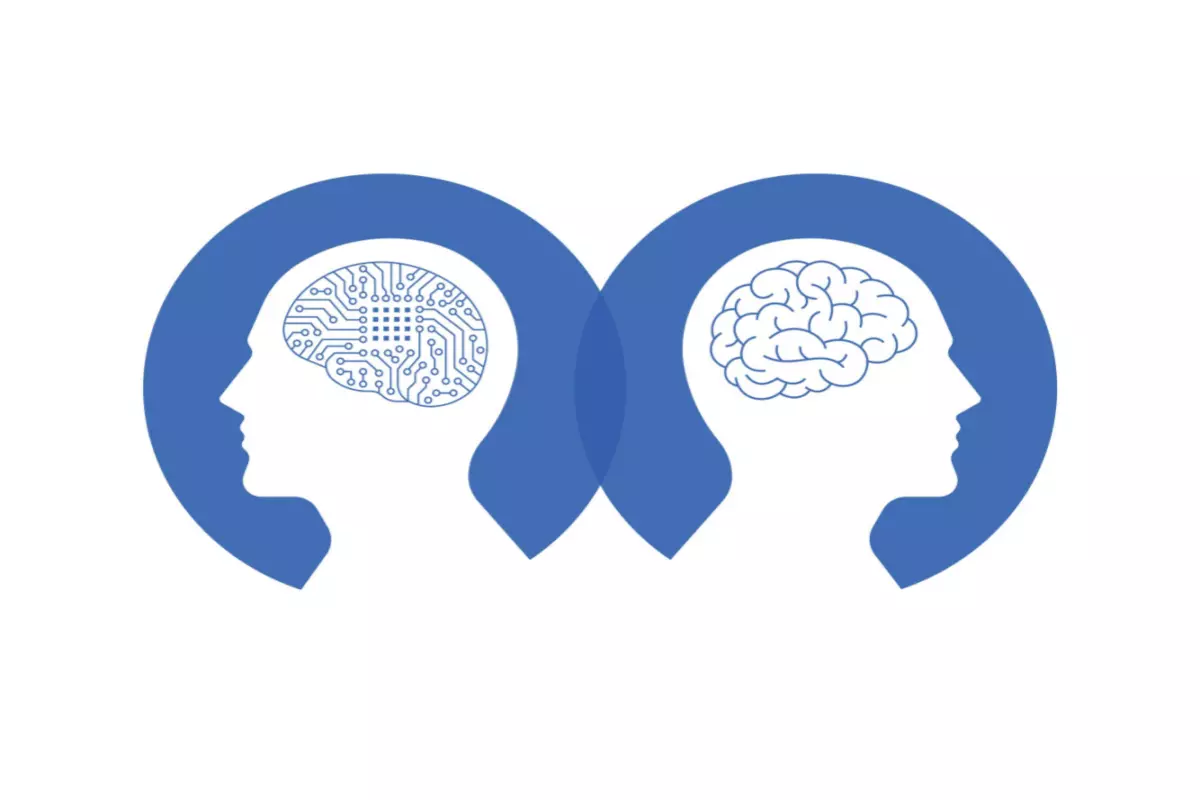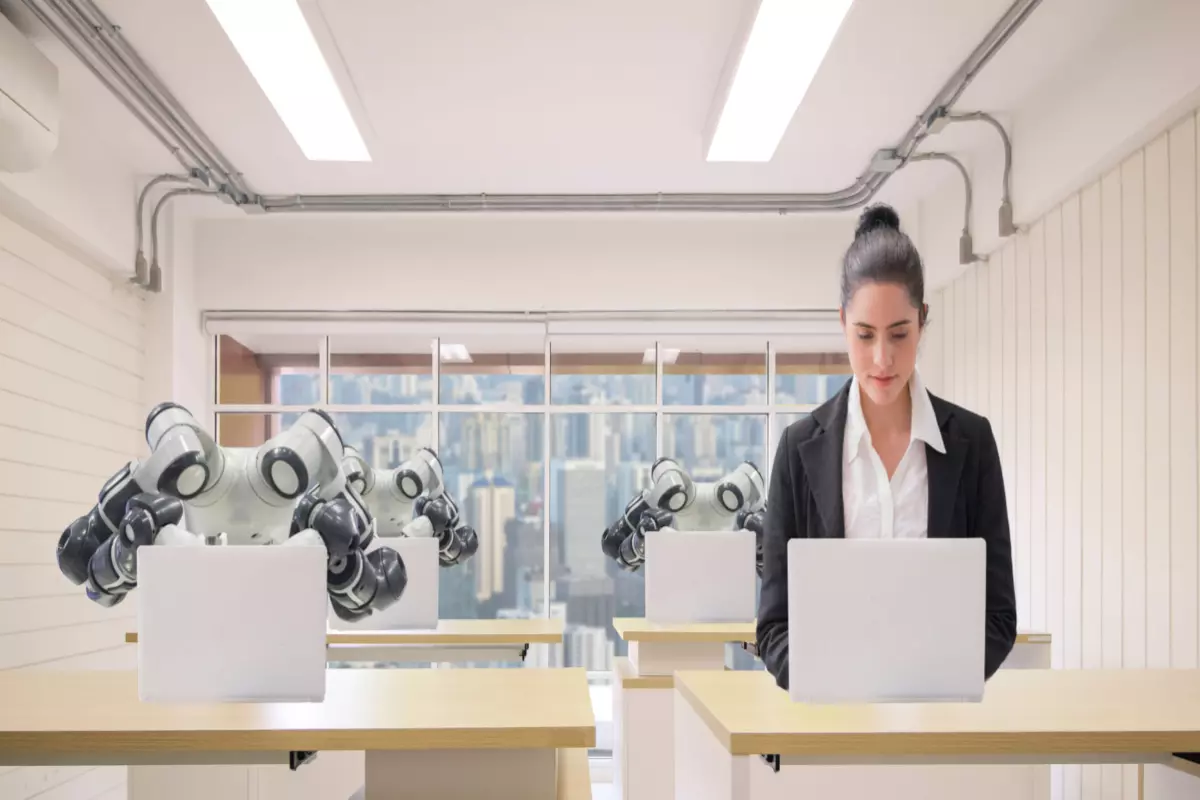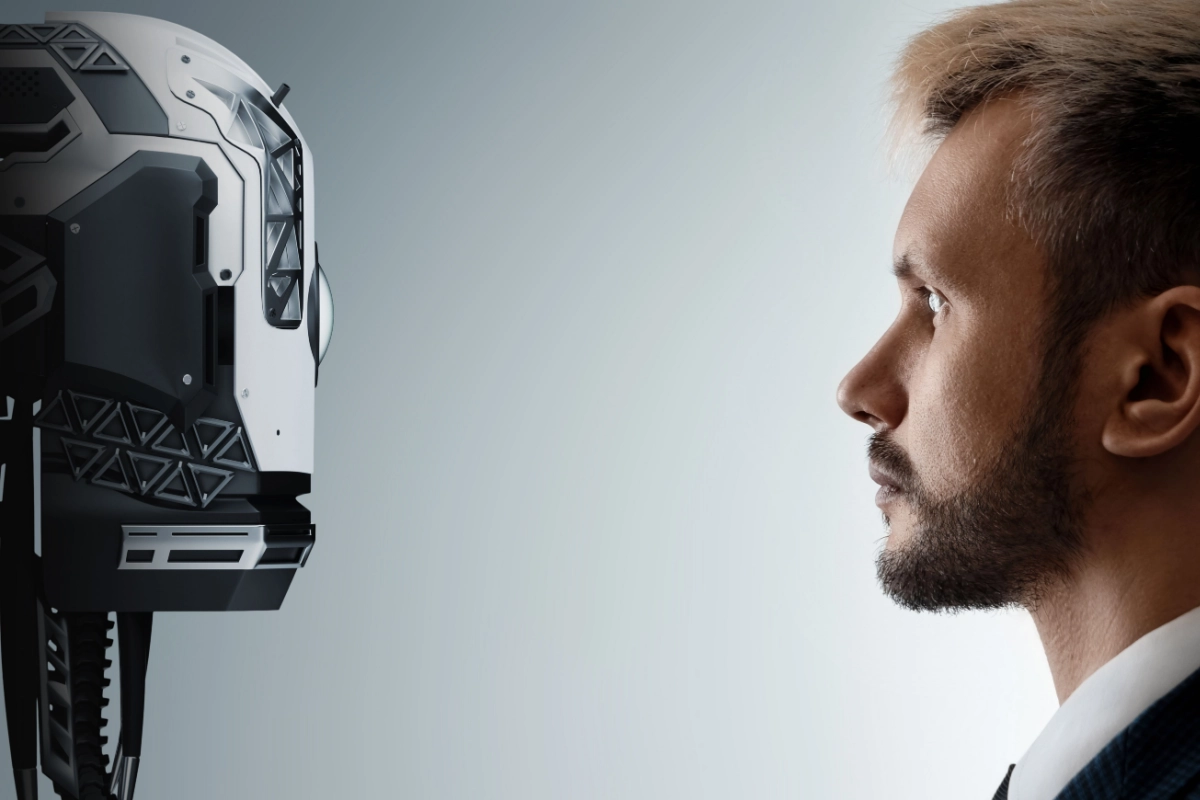Can AI Overcome Its Limitations?
Artificial Intelligence (AI) has made its way into our everyday lives. From interacting with virtual assistant technology such as Siri and Alexa to watching Netflix-recommended movies, AI is present all around us. According to a study by Statista, the global AI market was worth $327.5 billion this year and is expected to grow significantly in the upcoming years. Nonetheless, with all its advantages, the limitations of AI are numerous, such as lacking consciousness, morals, and ethics. But can AI overcome its limitations? Keep reading to find out.
What is Artificial Intelligence?
Before we jump into the limitations of AI, let’s understand what AI is. AI allows machines to complete tasks that require human intelligence. Any program capable of learning, thinking, and performing a task like a human is an artificial intelligence program. Applications of AI include natural language processing, speech recognition, and machine vision, such as voice assistants, online search engines, and email filters, to name a few.

There are three main types of AI that are categorized based on their capabilities:
- Weak AI or Artificial Narrow Intelligence (ANI) is programmed to perform singular tasks and cannot act beyond its limitations. Examples include facial and speech recognition.
- Strong AI or Artificial General Intelligence (AGI) can understand and learn any task that a human brain can. Examples include expert systems and self-driving cars. An expert system uses artificial intelligence and machine learning to simulate the judgment and behavior of a human professional in a particular field. Its goal is to assist human experts. The system can improve its performance with more experience, just like humans. For example, the Cancer Decision Support Tool (CaDet) and Pneumoconiosis X-Ray Diagnosis Expert System (PXDES) are used in healthcare to assist with the medical diagnosis of cancer.
- Super AI or Artificial Superintelligence (ASI) can surpass human intelligence by manifesting cognitive skills and developing thinking skills. In other words, ASI can perform any task better than a human. Nonetheless, this is still a concept, and there aren’t any real-life applications just yet.
Eight Limitations of Artificial Intelligence
Undoubtedly, AI does a great job of reducing human error, performing repetitive tasks more efficiently, and making smart and fast decisions without wearing out. Nonetheless, artificial intelligence has limits that may be difficult to overcome, especially now. Below are eight limitations of AI:

Incapable of Thinking Autonomously
AI can only perform tasks based on the data it is exposed to and trained on. That’s why AI excels in pattern recognition, which takes much longer for humans to complete.
On the other hand, this means that AI cannot adapt to changing circumstances or think on its own to demonstrate flexibility. As a result, AI cannot derive logical traits, question conclusions, or think critically about problems outside of its monotonous pattern recognition.
Simply put, AI cannot think because it doesn’t have a consciousness, as it is programmed with algorithms. Hence, the algorithm cannot react flexibly to new problems as it cannot recognize or establish any logical connection in concepts outside its program. The fact that AI cannot think also poses severe issues related to self-driving cars. For example, if a traffic sign has been vandalized and looks different, the AI can no longer recognize the sign, which can have fatal consequences.
Nonetheless, there are already attempts to intentionally incorporate errors into the data to increase AI’s ability to learn. However, this approach has been unsuccessful so far.
Lack of Creativity and Self-Improvement
We know by now that AI can only complete tasks it has been programmed to do. As a result, it frequently fails if asked to complete another job outside of its programmed parameters.
Since AI can only learn over time with past data, it cannot learn to think divergently or be creative in its approach. For example, Poem Portraits is a collaboration with Google Arts and Culture. It generates a poem based on a single word you input using an algorithm and a database of over 20 million words of 19th-century poetry. Hence, AI mimics creativity to create art from previous work, as it cannot read human emotions and only performs based on pre-fed data.
We also know by now that AI is skilled at repeatedly carrying out the same task. However, if we want to make adjustments or improvements to the machine, humans have to alter the codes to make the necessary changes manually. Hence, machines cannot improve themselves.
Only humans can use their cognitive abilities and creative, associative intelligence to conceive and build optimized machines. On the other hand, machine learning can only learn from past data and increase its speed in decision-making.
Transparency Problems of Machine Decisions
There is a significant deficit in the traceability of AI decision-making. In other words, AI cannot explain its decision-making process. The process of learning and coming to a result cannot be viewed at any point in time. Thus, this complicates the transparency that is required in competitive activities, such as operating, financing, and investing.
Breaking down the learning and decision process into distinct AI tools is already underway. For example, explainable AI is a field of study that allows researchers to use mathematical techniques to analyze patterns in AI models and draw conclusions about how those models reach their decisions. The explanations could help data scientists get better results or detect faulty models. However, much time is required to achieve a breakthrough in this area.
AI Bias
Although AI aims to eliminate human bias, human biases have made their way into AI models producing distorted results. For example, a criminal justice algorithm used in Broward County, Florida, mislabeled African American defendants as high risk at nearly twice the rate compared to white defendants.

In addition, Amazon found that its hiring algorithm was biased toward women. The computer model favored applicants based on words like “executed,” a similarity commonly found on men’s resumes. Hence, the algorithm learned that male applicants were preferred and penalized female applicants. Nonetheless, Amazon made the necessary changes to create an unbiased model.
Data Access and Privacy
AI is built into almost all everyday items, such as our loudspeakers, smartphones, and cameras. One can argue that these digital devices are virtual mini spies that endanger our privacy, even when we are not interacting with them. In addition, our private data, like age and location, including sensitive information, is continuously being processed by AI models to analyze and customize online experiences.
However, this limitation may be overcome with appropriate data protection functions such as immediate deletion after data usage, granting anonymity, and less traceable systems.
Moral and Ethical Limits of Killer Robots
You may have heard about killer robots, officially known as lethal autonomous weapons systems (LAWS), that use artificial intelligence and machine learning algorithms to identify and destroy a target autonomously. An example of a killer robot includes the SGR-A1, jointly developed by Samsung and Korea University to assist South Korean troops in the Korean Demilitarized Zone. The robot can identify humans from 2.5 miles away and warn them before shooting them.
AI can make such inhuman, immoral, and unethical decisions because it is programmed to do so. Therefore, the use of LAWS requires ethical guidelines to prevent misuse. An example could be ensuring a degree of human control over them to prevent them from operating independently.
Unemployment
There is a growing fear that automation and AI will replace people and force them into unemployment. For example, robots are frequently employed to replace humans to increase efficiency in monotonous tasks that do not require social or emotional intelligence, such as data entry, reception, or courier services. Nonetheless, AI also creates opportunities for humans to learn new skills and work in more rewarding fields requiring creativity. Recent studies show that it is forecasted that AI will create $2.3 million jobs while eliminating $1.8 million at the same time.
Final Thoughts
AI cannot exhibit human emotions, think like humans, or make moral and ethical decisions. Nonetheless, regardless of the disadvantages of artificial intelligence, the AI market continues to grow.
That said, humans are responsible for ensuring that the rise of artificial intelligence does not get out of hand. At the same time, until AI learns to overcome its limitations, it doesn’t mean that humans should refrain from using AI-powered solutions in multiple industries, such as healthcare, finance, and marketing.
Try our real-time predictive modeling engine and create your first custom model in five minutes – no coding necessary!
- Fully operational AI with automated model building and deployment
- Data preprocessing and analysis tools
- Custom modeling solutions
- Actionable analytics
- A personalized approach to real-time decision making



